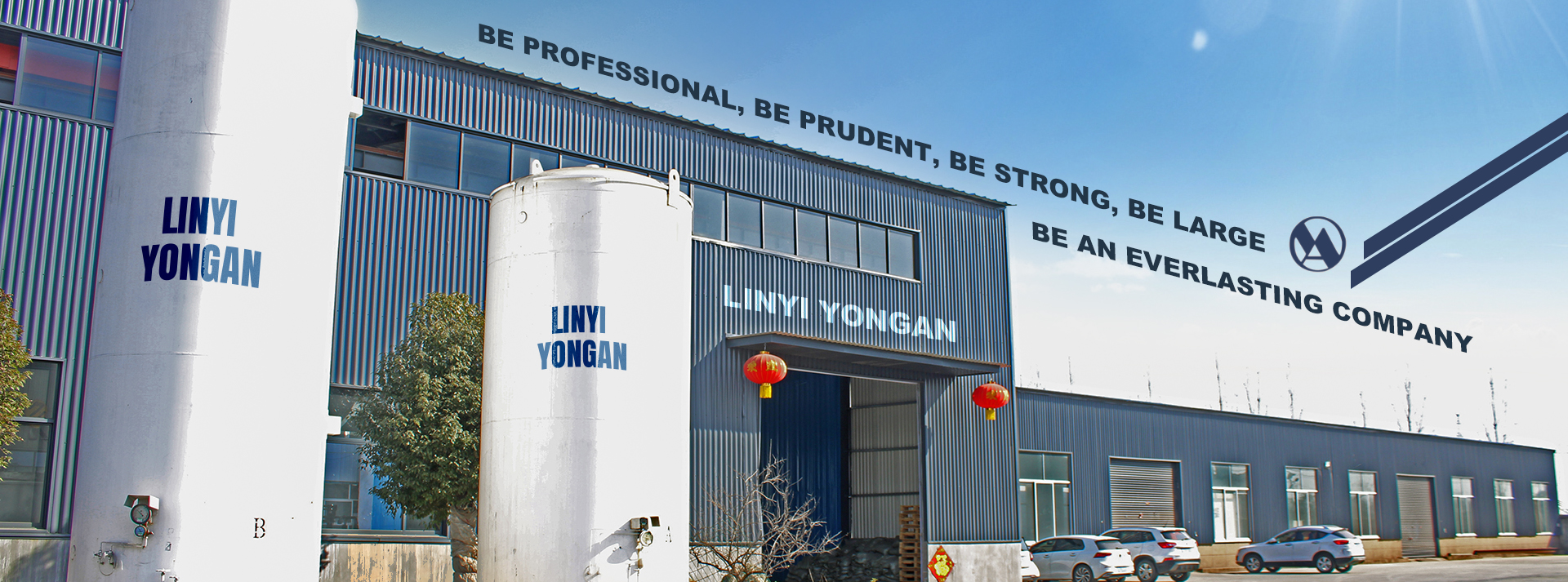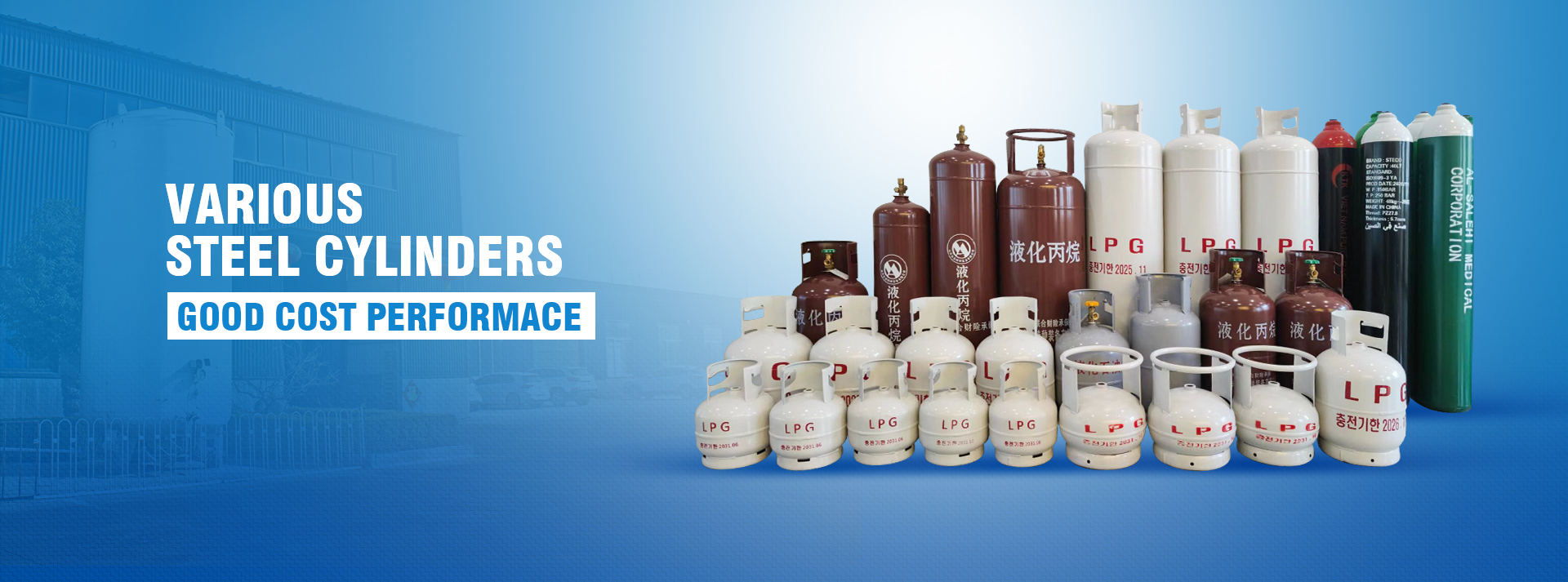Because acetylene can easily mix with air to form an explosive mixture, which can cause combustion and explosion when exposed to open flames or high heat, it is necessary to strictly follow safety regulations when using acetylene bottles. What are the regulations for the use of acetylene cylinders?
1. Acetylene bottles should be equipped with special flashback preventers and pressure reducers. If the working location is not fixed and moves a lot, they should be installed on special trolleys.
2. It is strictly prohibited to knock, collide and apply strong vibration to prevent the porous filler in the bottle from sinking and forming a cavity, which will affect the storage of acetylene.
3. Acetylene bottles should be placed upright and are strictly prohibited from being used lying down. Because when used lying down, the acetone in the bottle will flow out with the acetylene, and may even flow into the rafter pipe through the pressure reducer, which is very dangerous.
4. Use a special wrench to open the acetylene cylinder. When opening an acetylene bottle, the operator should stand behind the valve port and move gently. It is strictly forbidden to use up all the gas in the bottle. 0.1~0.2Mpa should be left in winter, and 0.3Mpa should be left in summer.
5. The operating pressure shall not exceed 0.15Mpa, and the gas delivery speed shall not exceed 1.5~2 cubic meters (m3)/hour·bottle.
6. The temperature of the acetylene bottle should not exceed 40°C, and avoid exposure to the sun in summer. Because the temperature inside the bottle is too high, it will reduce the solubility of acetone to acetylene, causing the pressure of acetylene in the bottle to increase sharply.
7. Acetylene bottles should not be placed near heat sources or electrical equipment.
8. Bottle valves will freeze in winter and should not be roasted over fire. If necessary, use hot water below 40°C to thaw.
9. The connection between the acetylene pressure reducer and the bottle valve must be reliable. It is strictly prohibited to use it in case of air leakage. Otherwise, a mixture of acetylene and air will form, which will explode immediately if it comes into contact with an open flame.
10. It is strictly prohibited to place it in places with poor ventilation or radiation, and it must not be placed on insulating materials such as rubber. The acetylene bottles and oxygen bottles used should be at least 10m apart.
11. If a gas cylinder is found to be defective, operators are not allowed to repair it without authorization and should notify the safety supervisor to send it back to the gas plant for processing.
Post time: Feb-27-2024



